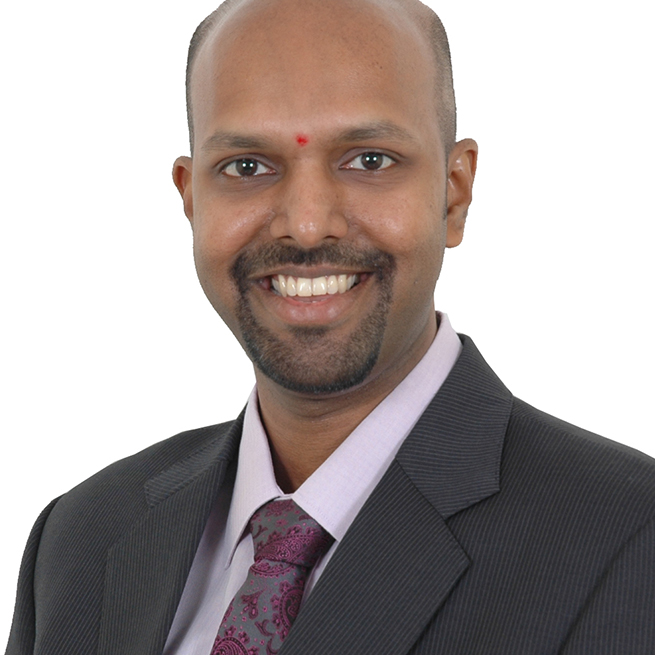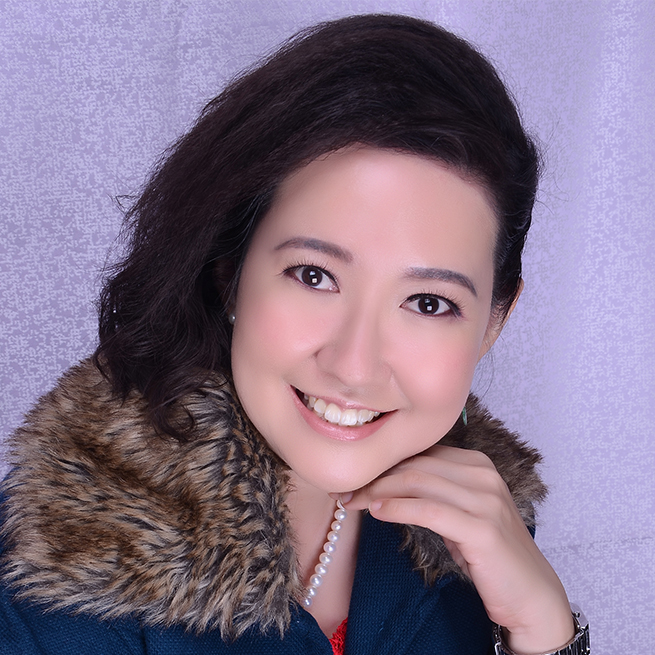When diagnosing age-related macular degeneration (AMD), it’s accepted that the earlier the intervention or treatment, the better the patient’s outcome. However, the cost to screen patients – and provide that early treatment – can be prohibitive.
For example, a study in Japan determined that screening helped 41 percent of patients avoid blindness. And while this exercise was deemed highly effective, the actual screening itself proved not to be cost-effective.1
Searching for a lower-cost model
Clearly, cost is an issue. This, along with a lack of scientific data on the topic, inspired a team of researchers from Korea to investigate the costs of using various screening strategies to find a more cost-effective solution. Ideally, these results could be replicated in different countries.
Using the Markov model, they compared the cost-effectiveness of four AMD screening methods: opportunistic examination (when a patient sees an ophthalmologist annually and undergoes screening); opportunistic treatment (when a patient sees an ophthalmologist because they are actively experiencing symptoms of AMD); systematic photography (where the entire population is screened annually using fundus photography); and systematic examination (where the entire population undergoes an annual examination by an ophthalmologist). These would be compared against the status quo of no screening.
Using a hypothetical cohort of 100,000 males and females aged 40 with and without AMD at baseline, they measured the results with quality-adjusted life-years (QALY) and each strategy’s incremental cost-effectiveness ratio (ICER). They would then project the model from age 40 to until when a patient dies or reaches 100 years to come up with an estimation of AMD healthcare costs in the patients’ lifetime.
The researchers also made several assumptions in their model regarding disease prevalence and progression rate, treatment effectiveness, complications, test characteristics (sensitivity and specificity) for fundus photography, and costs (in terms of direct and indirect healthcare costs related to the treatment and management of AMD).
The authors found that opportunistic examination was the least effective, providing fewer QALYs at a higher cost. Both opportunistic treatment and systematic examination were found to be weakly dominated by systematic photography – the most cost-effective method.
This led the researchers to conclude that “providing AMD screening through systematic photography can potentially mitigate the future disease burden and cost of AMD among South Korean population.”
The study team also advised that these findings should be tested in prospective studies to determine if the results are validated – and therefore, could potentially be incorporated into policy changes.
According to consultant ophthalmologist Dr. Manoharan Shunmugam, this study not only showed a need, but also presented a challenge, regarding launching effective screening protocols for AMD.
“There have been many other studies in the past, many of which have employed varied screening strategies,” he said, noting the Cochrane Systematic Review of community screening for visual impairment in older people3, which concluded that there was little benefit for visual screening as it did not make a difference to the visual outcomes of the community as a whole.
He says that outcome [from the Cochrane Review] is likely due to the screening processes employed by many of the analyzed studies: “The majority of studies use self-reported screening as both the screening tool and the outcome measure.”
“This study, however, employed a more objective method [fundus photography] as its tool,” added
Dr. Shunmugam. “Therefore, this demonstrates the critical importance of employing a screening method that isn’t just clinically effective, but that’s also objective, reproducible and cost-effective.”
Are we at home with self-monitoring?
There is no doubt that screening can identify AMD at an earlier stage – and if treated early, visual preservation is not only more likely, but also easier and less expensive (as the treatment may be given for a shorter duration).
So, what if patients could screen and monitor themselves from home? It’s certainly an option to consider – especially, if a home screening device could produce results comparable to a formal microperimetry.
There’s a great opportunity for this type of “in the home” monitoring – not only does it save patients’ physical access time to clinics, but quicker intervention could also be made with ongoing monitoring.
Dr. Mae-Lynn Catherine Bastion, who treats patients in her private practice and at a public hospital, cites the practical challenges of elderly patients accessing clinics as one of the reasons that home-monitoring could be investigated as an alternative.
“I have a population of patients that I’m not able to monitor because they rely on their children to bring them,” she explained. “And children, even like me, are so busy . . . most seniors don’t complain because they don’t want to disturb their caregivers. So, most of them present late.”
This is problematic as advanced stages of AMD can occur undetected if not monitored. Taking a modern approach to this issue, Adams and colleagues recently published a study to determine the feasibility of using a home-based tablet device to monitor retinal sensitivity in intermediate age-related macular degeneration (iAMD) and assessed the benefits of weekly SMS reminders. The authors then compared their findings with clinic-based (MAIA microperimetry) results.4
Thirty-eight participants with iAMD were enrolled and underwent thorough ophthalmic testing (MAIA, retinal imaging and SD-OCT tests). They were also taught how to use the specially designed home monitoring application (PsyPad) on an iPad 2. Participants were then randomized into two groups: one received weekly SMS reminders to take their iPad test, and the other did not.
At two months, 21 participants remained in the study (10 with SMS; 11 without). The 17 inactive participants (7 with SMS; 10 without) dropped out for a variety of reasons, including: inability to download and activate the app (7); other technical challenges (6); and family or medical reasons (2). One patient did not find the test useful and dropped out.
Overall, the study found good agreement between retinal sensitivity measured at home versus at a formal, clinic-based microperimetry, making the concept a feasible one. They also found that weekly SMS reminders were helpful for improved compliance.
While the authors were disappointed with the high level of inactivity, they acknowledged that this was largely due to technical issues, rather than with the test itself. In the future, the authors suggest that technical support is vital to improve long-term activity, as well as providing immediate feedback and positive reinforcement.
And this technical support will likely be critical to a successful home monitoring program. Dr. Bastion says that most senior patients are not technologically savvy . . . in fact, they’re technophobic.
“There’s a need to train the elderly on digital literacy – that’s where the community can come in,” she added, proposing that mobile phone companies could work together with communities to help educate senior citizens.
“This is important because a number of treatments can be delivered over the internet. I think this is where home-monitoring can have a role,” said Dr. Bastion.
Targeted solutions may reduce costs (overall)
According to Dr. Shunmugam, the health economics of screening are complex: “It [might] require more targeted screening or employ a multi-pronged screening strategy that could suit different demographics.”
So, perhaps there might be multiple solutions for these different populations. “For example, nursing home or immobile patients may warrant mobile eye screening in the form of tele-ophthalmology, while the independent ambulate community would be able to go to community screening centers,” explained Dr. Shunmugam. “This would not only make screenings more efficient, but also improve QALY (quality-associated life years).”
Detecting vision problems before they advance in severity can also save healthcare costs in other areas. For example, patients with wet AMD are more likely to have problems performing daily activities like making phone calls, shopping, cooking and caring for themselves. Dr. Shunmugam adds: “Sixty-three percent of people with low vision reported falls that resulted in injury – the healthcare coasts of preventing this alone would be a significant savings, as well as preserve the patient’s QALY.”
Not only would preventative screening have the potential to save sight – it can help the elderly maintain their quality of life. Noting this, Dr. Shunmugam concludes: “The impact of effective preservation of vision has a greater cascade effect than we may be able to quantify.”
Editor’s Note: Drs. Shunmugam and Bastion were not part of the studies mentioned but were generous enough to share their thoughts regarding the matter.
References:
1 Tamura H, Goto R, Akune Y, et al. The Clinical Effectiveness and Cost-Effectiveness of Screening for Age-Related Macular Degeneration in Japan: A Markov Modeling Study. PLoS One. 2015;10(7):e0133628
2 Ra H, Song LD, Choi JA, Jee D. The cost-effectiveness of systematic screening for age-related macular degeneration in South Korea. PLoS One. 2018; 13(12): e0209521.
3 Community screening for visual impairment in older people. Cochrane Review website. Available here: https://www.cochrane.org/CD001054/EYES_community-screening-visual-impairment-older-people
4 Adams M, Ho CYD, Baglin E, et al. Home Monitoring of Retinal Sensitivity on a Tablet Device in Intermediate Age-Related Macular Degeneration. Transl Vis Sci Technol. 2018; 7(5): 32.





